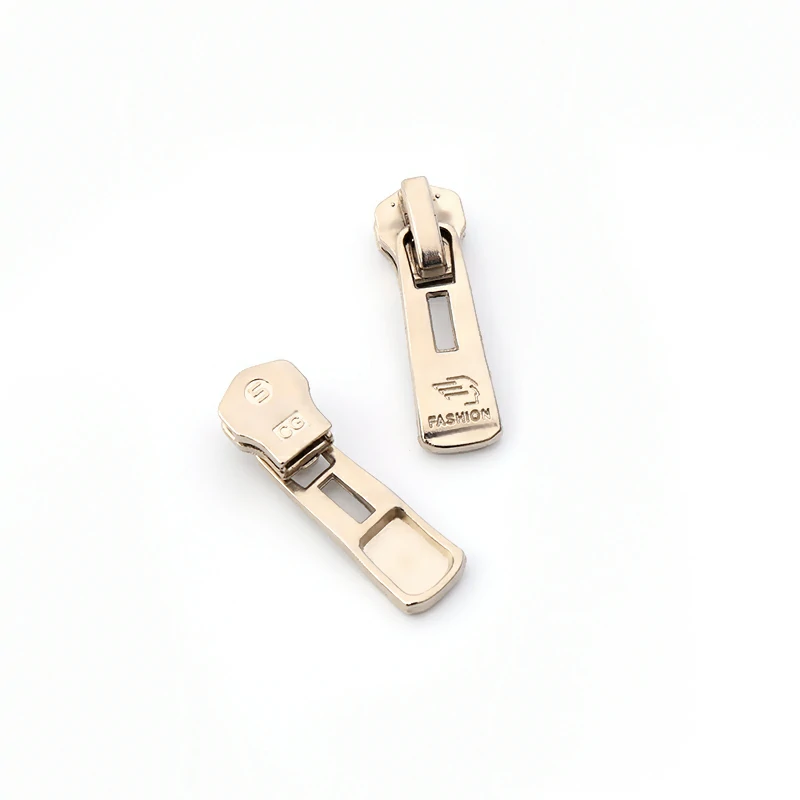Unzipping the History: The Origin and Evolution of the Zipper Head
Introduction:
The zipper head, an integral component of the zipper fastening system, has revolutionized the way we secure garments, bags, and various other items. This small but essential device allows for efficient and convenient opening and closing of zippers. In this article, we delve into the intriguing history of the zipper head, exploring its origins, development, and the impact it has had on the world of fashion, functionality, and everyday life.
The Early Days: Predecessors to the Zipper Head
The concept of a fastening mechanism similar to the modern zipper head can be traced back to the 19th century. Early attempts included buttonhook fasteners, hook-and-eye closures, and slide fasteners. However, it was not until the late 19th century that inventors began to focus on developing a more practical and efficient device for securing garments.
Whitcomb Judson and the Clasp Locke
In 1891, Whitcomb Judson, an American inventor, introduced the “clasp locker,” which was a forerunner to the zipper head. The clasp locker featured an intricate arrangement of hooks and eyes that could be engaged or disengaged by sliding a metal tab. While Judson’s invention was not widely successful commercially, it laid the foundation for future advancements in fastening technology.
Gideon Sundback and the Modern Zipper Head
The breakthrough in zipper head design came in 1913 when Gideon Sundback, a Swedish-American engineer, developed the modern version of the zipper. Sundback’s design incorporated interlocking metal teeth with a slider mechanism that could engage or disengage the teeth to open or close the fastener. This innovation vastly improved the functionality and reliability of the zipper, making it a more viable option for various applications.
The Rise of the Zipper in Fashion
Following its invention, the zipper quickly gained popularity in the fashion industry. It provided a secure and efficient alternative to buttons, hooks, and laces, revolutionizing garment closures. In the 1920s, the zipper became increasingly popular in women’s clothing, especially in skirts and dresses. By the mid-20th century, zippers were widely used in a range of garments, including pants, jackets, and accessories.
Advancements in Zipper Head Technology
Over the years, zipper head technology has continued to evolve, leading to improvements in durability, ease of use, and aesthetics. Various materials, such as plastic, nylon, and metal, have been used to make zipper heads, offering different levels of strength and flexibility. Innovations like self-locking sliders, two-way zippers, and hidden zippers have expanded the versatility and functionality of the fastening system.
Beyond Clothing: Zipper Heads in Other Applications
The utility of the zipper head extends beyond fashion. It is widely used in industries such as luggage, automotive, upholstery, and sporting goods. The zipper head’s ability to provide secure and adjustable closures has made it an indispensable component in diverse products, ranging from bags and backpacks to tents and furniture.
Conclusion
The zipper head,origin of zipperhead born out of the ingenuity and perseverance of inventors like Whitcomb Judson and Gideon Sundback, has transformed the way we fasten and secure items. From its humble beginnings as a clasp locker to the modern, highly functional zipper head, this small device has significantly impacted fashion, convenience, and functionality. As technology continues to advance, we can expect further innovations in zipper head design, ensuring its continued relevance and indispensability in our everyday lives.

Comments are Disabled